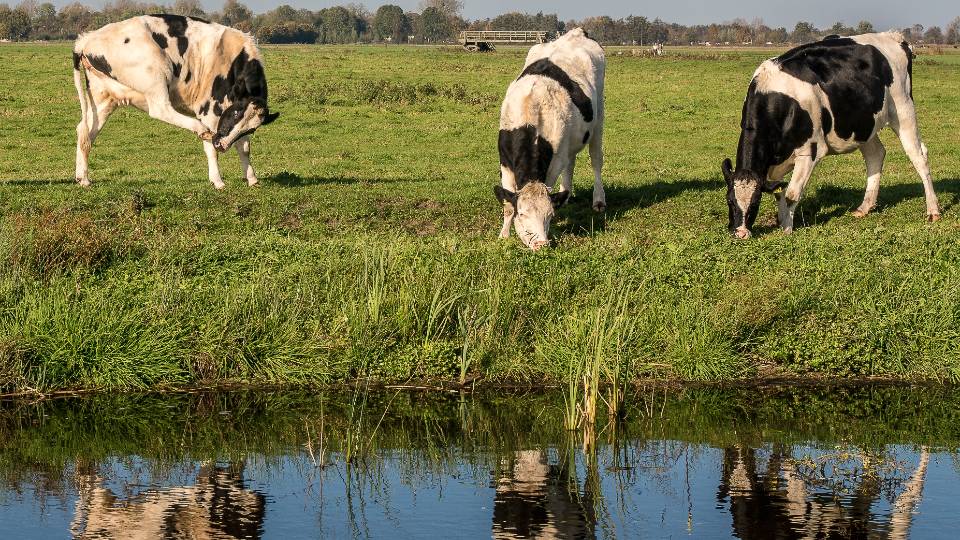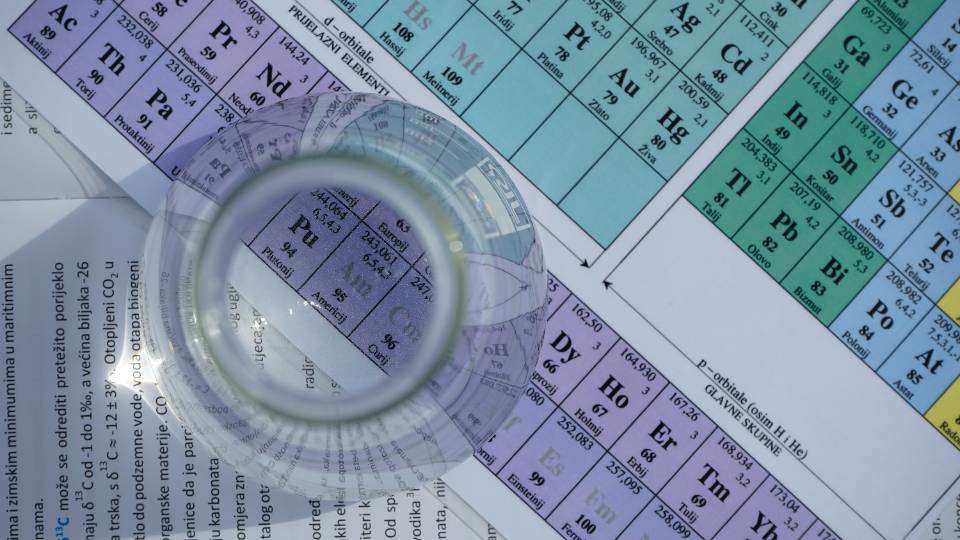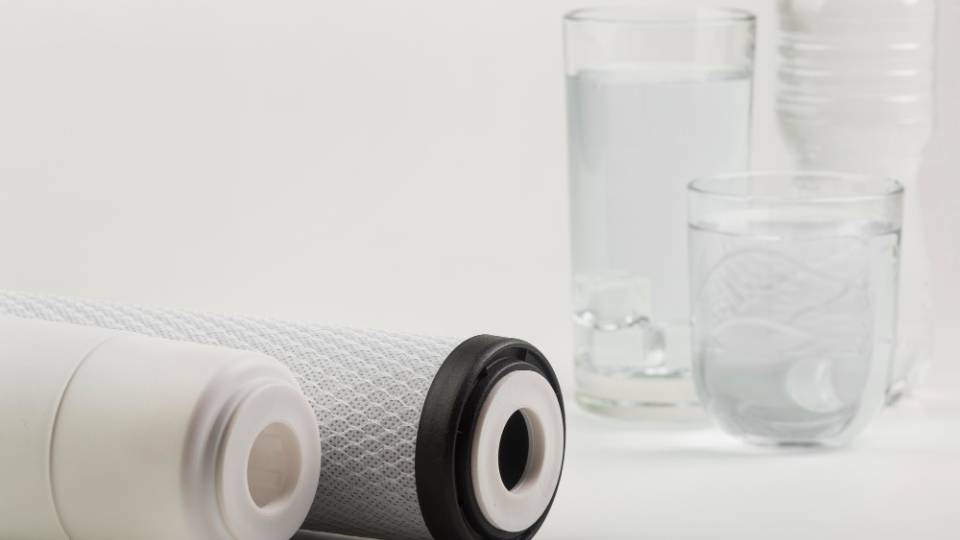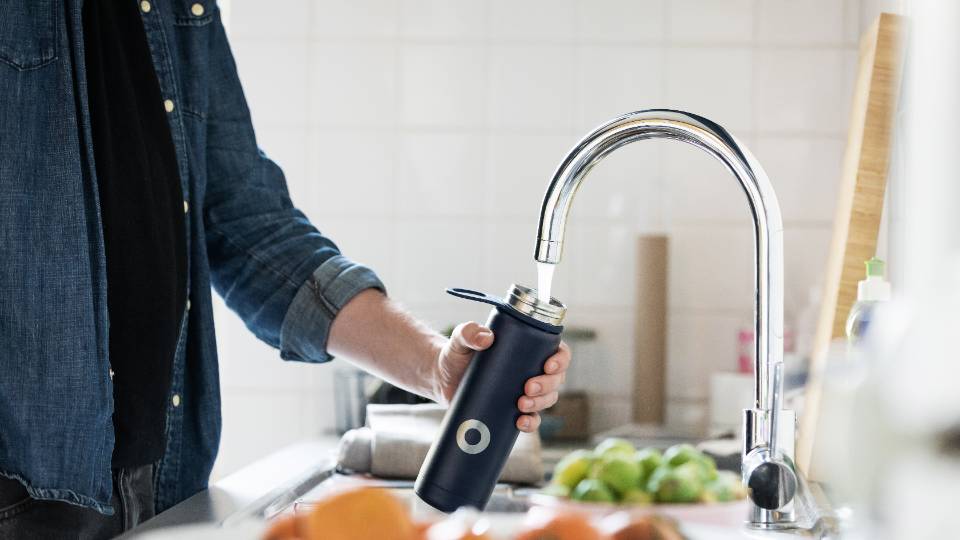What are PFAs?

PFAS are an umbrella term for per- and polyfluoroalkyl substances. They are commonly found in food packaging and on cookware due to fluorine atoms that make the material effectual at repelling water []. PFAS began being manufactured in the 1940s, and have been widely used since. Because of its widespread and popular use, the compound has been increasingly detected in water and wastewater. This creates a pathway for human exposure through ingestion. One study found that of the people they tested, PFAS were detected in the blood serum of 99% of the population, illustrating the imperativeness of their removal [].
How do PFAS get into my water?
PFAS occur in paper food packaging, plastic utensils, grease-proof paper, popcorn bags, certain cleansers, waterproofing agents, and even firefighting foam []. As these products are used, disposed of, and deteriorating in landfills, the compound is carried through stormwater runoff and seepage into groundwater drinking sources. Additionally, waste discharges from manufacturing processes for products containing PFAS are a large source of contamination.
Health Impacts
PFAS have the capacity of negatively impacting human health depending on the magnitude and duration of exposure. A lot of the knowledge on the impacts of PFAS on human health is limited because their use is considered “confidential business information,” causing a lack of information on sources of exposure []. The current research has found adverse effects to thyroid function and cholesterol levels, as well as links to liver damage, kidney, testicular, and breast cancers [].
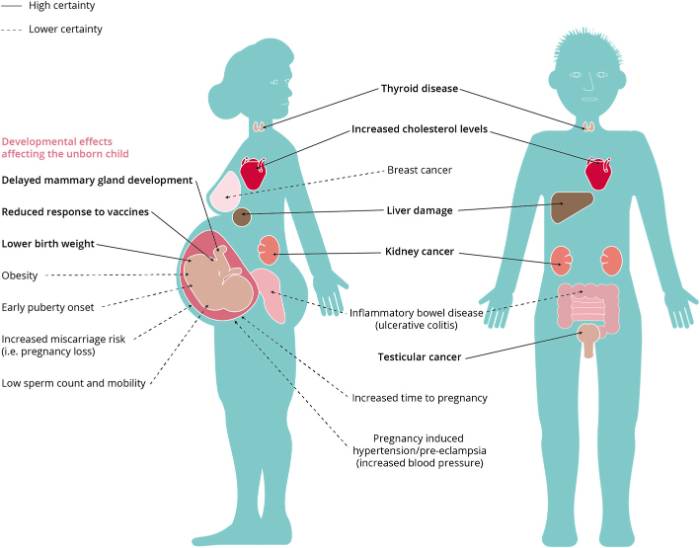
Treatment
Research is still being completed to determine the most cost-effective way to successfully remove PFAS from water supplies. Testing found that high-pressure reverse osmosis membranes were very effective in removing PFAS from the water, but this method is very expensive and uses a lot of energy []. Activated carbon treatment is the most studied form of treatment because of its existing use to filter out other contaminants. However, PFAS are very small particles, so the filter has to have the capacity to “catch” these molecules []. The pH of the water can also affect adsorption rates of PFAS []. Anion exchange treatment methods have found to be effective in removing certain types of PFAS, but is limited in removing others [].
Overall, effective solutions are still be investigated and have yet to be put into practice at a large scale. Despite this, consumers can take steps to lessen their impact on this problem. This can include researching a product before purchasing to determine if it contains PFAs, discontinuing use of products with water repelling or non-stick coatings, and reducing consumption of single-use take-out containers []. 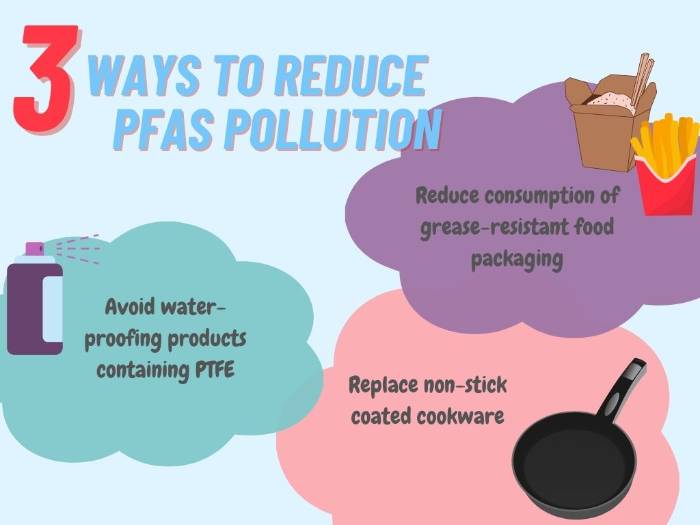
References
[1] 10 things you can do about toxic PFAS chemicals. (2023). Clean Water Action. https://cleanwater.org/10-things-you-can-do-about- toxic-pfas-chemicals[2] Crone, B. C., Speth, T. F., Wahman, D. G., Smith, S. J., Abulikemu, G., Kleiner, E. J., & Pressman, J. G. (2019). Occurrence of per- and polyfluoroalkyl substances (PFAS) in source water and their treatment in drinking water. Critical Reviews in Environmental Science and Technology, 49(24), 2359–2396. https://doi.org/10.1080/10643389.2019.1614848
[3] Fenton, S. E., Ducatman, A., Boobis, A., DeWitt, J. C., Lau, C., Ng, C., Smith, J. S., & Roberts, S. M. (2020). Per‐ and polyfluoroalkyl substance toxicity and human health review: Current state of knowledge and strategies for informing future research. Environmental Toxicology and Chemistry, 40(3), 606–630. https://doi.org/10.1002/etc.4890
[4] Phong Vo, H. N., Ngo, H. H., Guo, W., Hong Nguyen, T. M., Li, J., Liang, H., Deng, L., Chen, Z., & Hang Nguyen, T. A. (2020). Poly‐and perfluoroalkyl substances in water and wastewater: A comprehensive review from sources to remediation. Journal of Water Process Engineering, 36, 101393. https://doi.org/10.1016/j.jwpe.2020.101393
Authors
Erin Rivers, Water Quality Extension Specialist; Abby Barton, Intern
Related Research



